The Mitsubishi Lancer Evolution, colloquially known as the Lancer Evo or Evo,[1] is a high-performance sedan manufactured by Mitsubishi Motors. There have been ten official versions to date, and the designation of each model is most commonly a roman numeral. All use two litre, turbocharged engines and four-wheel drive systems.[2]
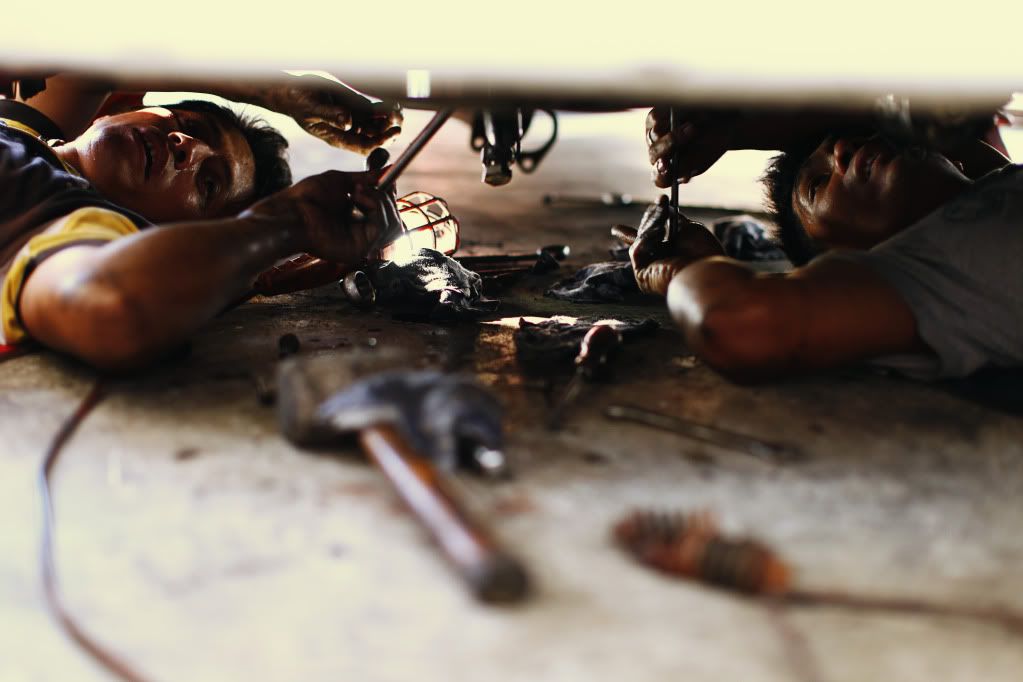
The Evolution was originally intended only for Japanese markets, but demand on the "grey import" market led the Evolution series to be offered through Ralliart dealer networks in the United Kingdom and in various European markets from around 1998. Mitsubishi decided to export the eighth generation Evolution to the United States in 2003 after witnessing the success Subaru had in that market with their Impreza WRX, a direct competitor in other global regions.[3] A re-badged version of the car has appeared in Malaysian markets as the Proton PERT, alongside Proton range of modified Lancers under the Proton Wira nameplate.
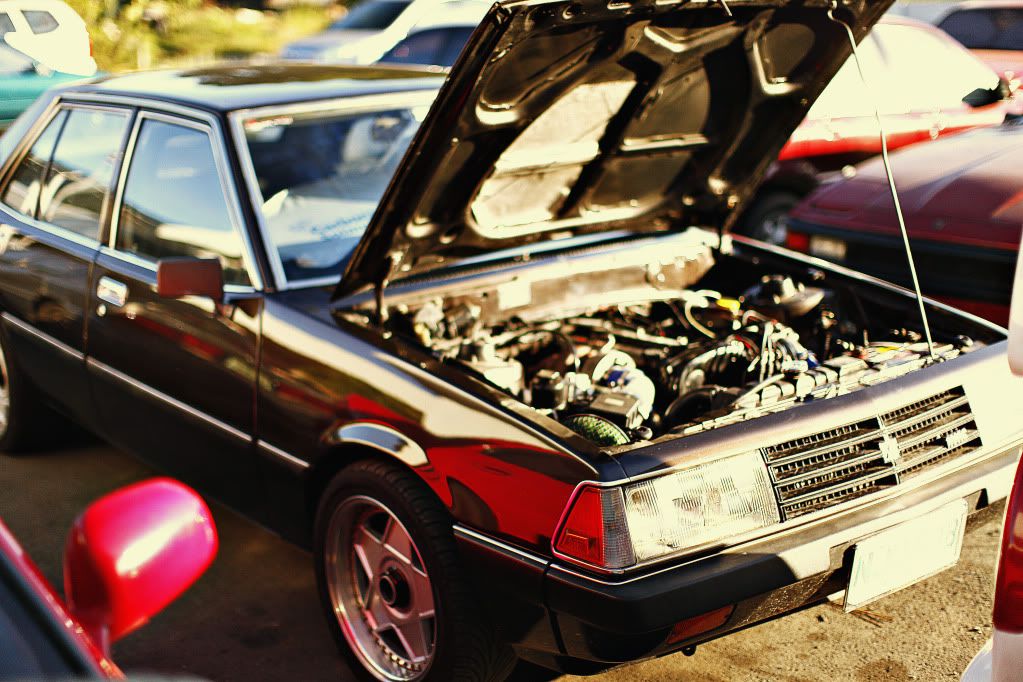
Japanese-spec cars were limited by a gentlemen's agreement to advertise no more than 280 PS (206 kW; 276 hp), a mark already reached by Evolution IV. Therefore, each subsequent version has unofficially evolved above the advertised power figures, with the Japanese-spec Evolution IX reaching an alleged output of around 321 PS (236 kW; 317 hp). Various versions available in other markets, particularly the UK, have official power outputs up to 411 PS (302 kW; 405 hp).
Evolution I
The original Lancer Evolution was to compete in the World Rally Championship. It used the 2.0 L turbocharged DOHC engine and 4WD drivetrain from the original Galant VR-4 in a Lancer chassis, and was sold in GSR and RS models. This engine was also used in the Mitsubishi RVR with the Hyper Sports Gear trim package. The RS was a stripped-down club racing version that lacked power windows and seats, anti-lock brakes, a rear wiper, and had steel wheels to weigh approximately 70 kg (154 lb) less than the 1,238 kg (2,729 lb) GSR, while the former came with all of the conveniences of a typical street car. It came with Mitsubishi's 4G63 engine producing 247 PS (182 kW; 244 hp) at 6000 rpm and 309 N·m (228 lb·ft) at 3000 rpm. 5,000 of the first generation Evolutions were sold between 1992 and 1993. Top speed was 228 km/hour (142 mph).
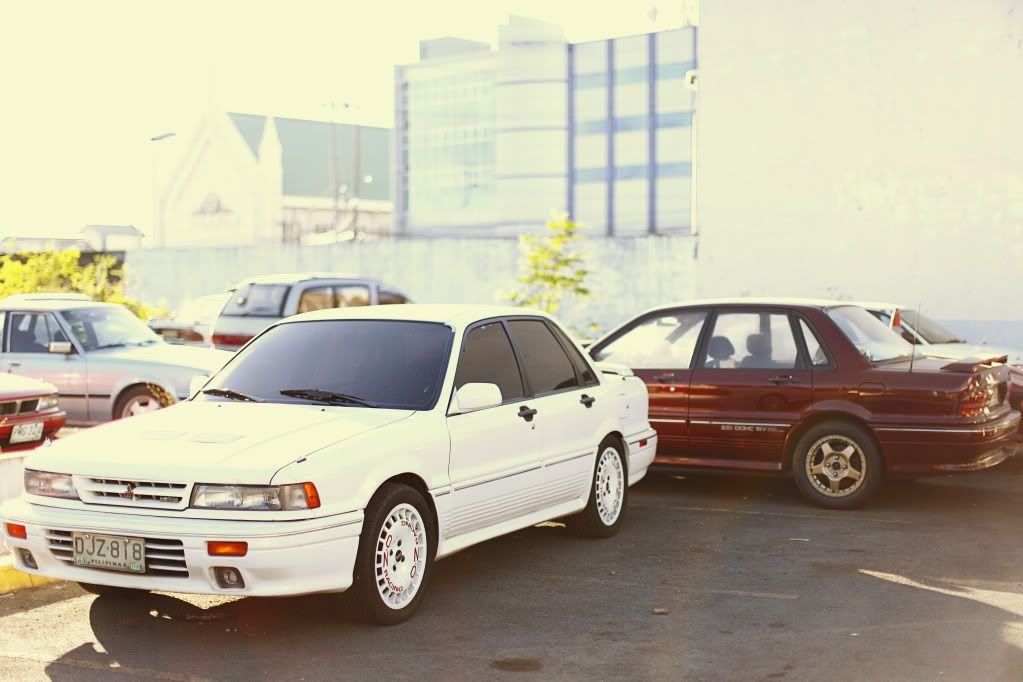
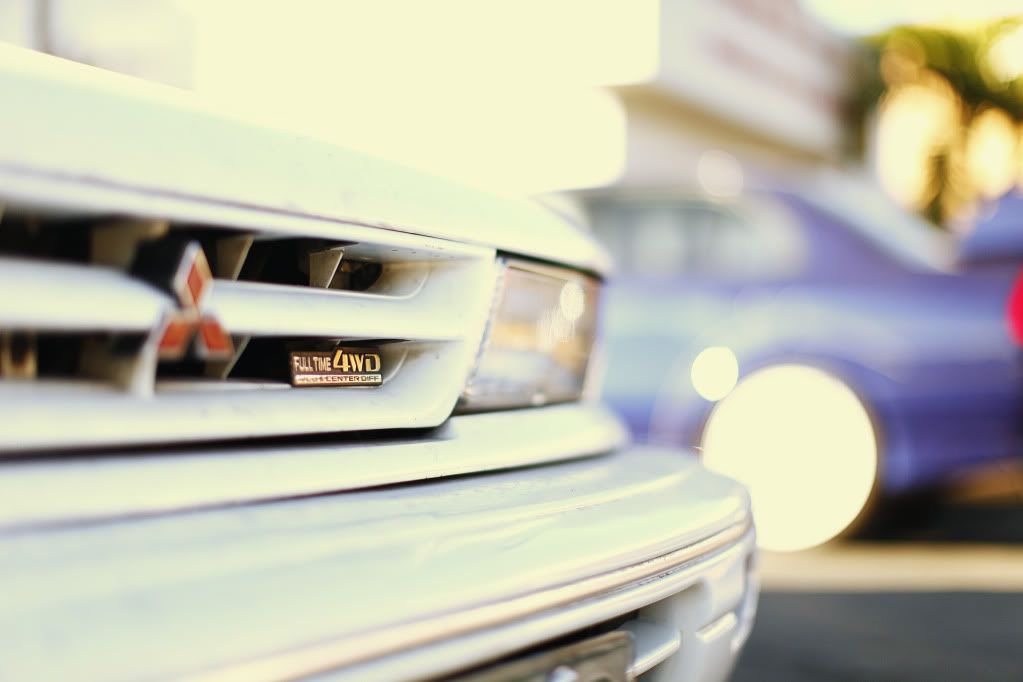

Evolution II
The Evolution II was upgraded in December 1993, and was produced until February 1995. It consisted mainly of handling improvements, including minor wheelbase adjustments, larger swaybars, bodywork tweaks including a larger spoiler, and tyres that were 10 mm (0.4 in) wider. This Evolution also has a 50 l (13.2 US gal; 11.0 imp gal) fuel tank. Power output was increased to 256 PS (188 kW; 252 hp) from the same engine and torque was unchanged for both GSR and RS models.
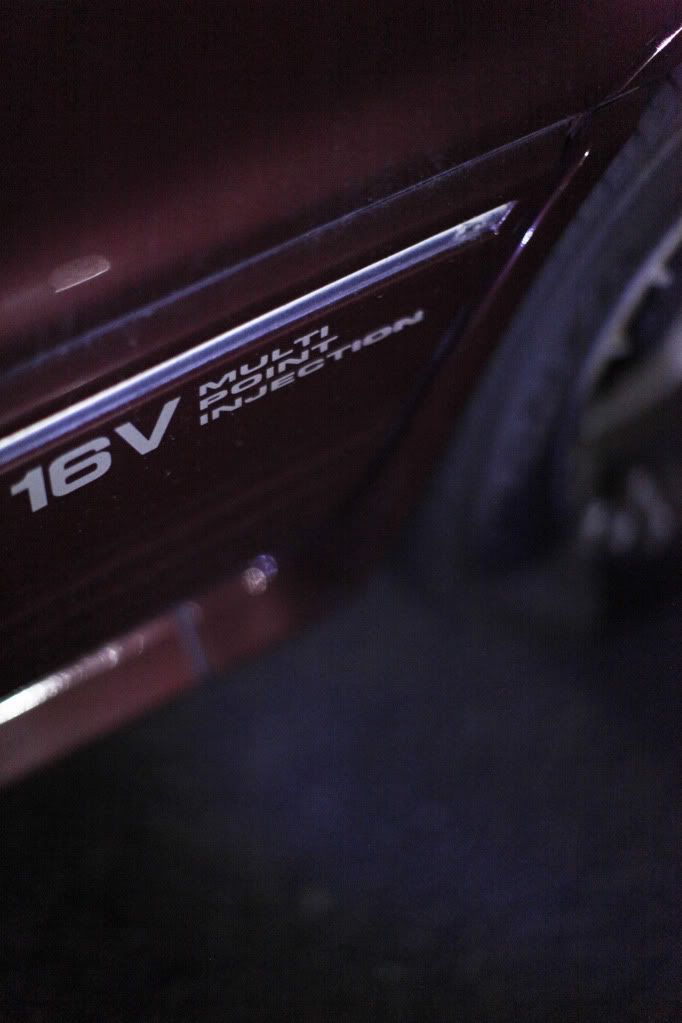

Evolution III
February 1995 saw the arrival of the Evolution 3, which had several improvements over the previous models. New, more aggressive styling and a new nose moulding improved the air supply to the radiator, intercooler and brakes. New side skirts and rear bumper moldings and a larger rear spoiler were added to reduce lift. Improved engine had higher compression ratio than before,[4] and new turbocharger compressor (60 mm to 68 mm[5]), which gave power output of 270 bhp (201 kW) at 6250 rpm, 309 N·m (228 lb·ft) at 3000 rpm.

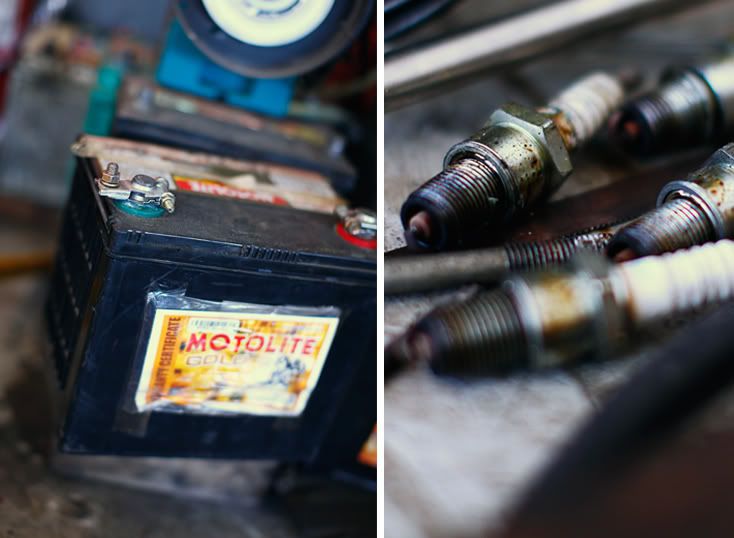
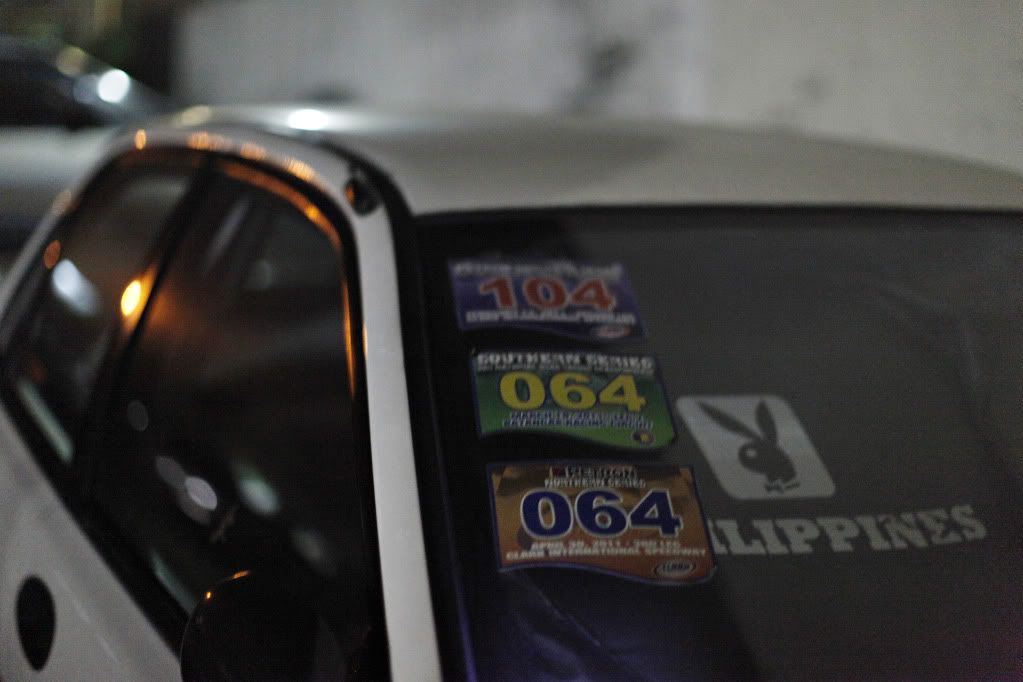

Evolution IV
The Lancer platform was completely changed in 1996, and along with it the Evolution, which had become extremely popular throughout the world. The engine and transaxle was rotated 180° to better balance the weight and eliminate torque steer. There were two versions available, The RS and GSR. The RS version was produced as a competition car with a limited-slip front differential and a friction type LSD at the rear. It also came with GLX seats and a choice of either 16" or 17" OZ light weight racing wheels. The RS also had wind up windows, optional air conditioning in some models, and a few extra brace bars to strengthen the chassis, one behind the front grill and the other across the boot floor. The RS also had thinner body panels and glass. The GSR and the RS shared a new twin scroll turbocharger which helped to increase power to 280 PS (206 kW; 276 hp) at 6,500 rpm and 330 N·m (243 lb·ft) of torque at 4,000 rpm. Mitsubishi's new Active Yaw Control appeared as a factory option on the GSR model, which used steering, throttle input sensors and g sensors to computer-hydraulically control torque split individually to the rear wheels and as a result the 10000 Evolution IVs produced all sold quickly. The Evolution IV can be distinguished by its two large fog lights in the front bumper (option on RS version), and the newly designed tail lights on the rear, which became a standard design to Evolution V, which would become yet another trademark of the Evolution series. This new generation was slightly heavier than previous Evos—the GSR in particular due to the added technology systems—but to counter this the car produced even more power—the weight of the RS being 1,260 kg (2,778 lb) and the GSR being 1,345 kg (2,965 lb). Much of the technical improvements for this generation were also used in the second generation Mitsubishi RVR sold only in Japan. The lancer evolution 4 had problems with the rear diff as it was very weak, and also had problems with big end bearings.
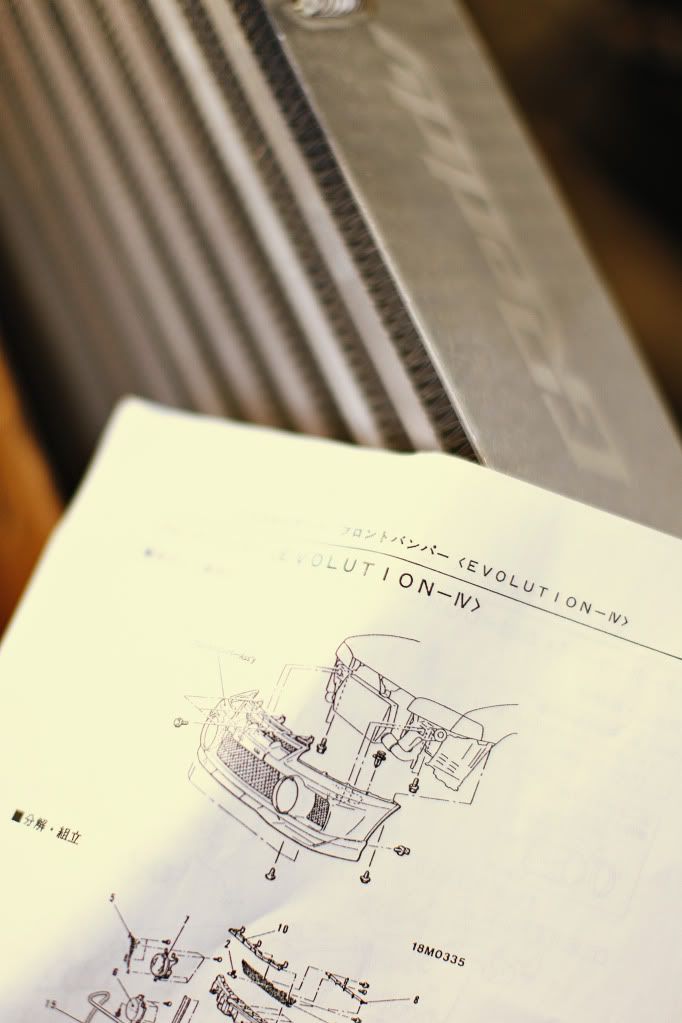


Evolution V
Many aspects of the car were changed such as:
- The interior was upgraded in the GSR version with a better class of Recaro seat.
- The body kit had flared arches at the front and rear and a new aluminium rear spoiler replaced the IV FRP version and gave an adjustable angle of attack to alter rear down force.
- The track was widened by 10 mm (0.4 in), the wheel offset changed from ET45 to ET38 along with the wheel diameter which rose from 16" to 17" to accommodate Brembo brakes which were added to enhance braking.
- In addition the brake master cylinder bore increased by 0.3 millimetres (0.01 in).
- The engine was strengthened in a few areas and the cam duration was increased. The pistons were lighter with a smaller skirt area. 510 cc injectors were replaced with 560 cc injectors for better engine reliability due to more electrical "headroom" and the ECU was changed to include a flash ROM, allowing more boost pressure to the same TD05-HR as the Mitsubishi Evolution III and IV.

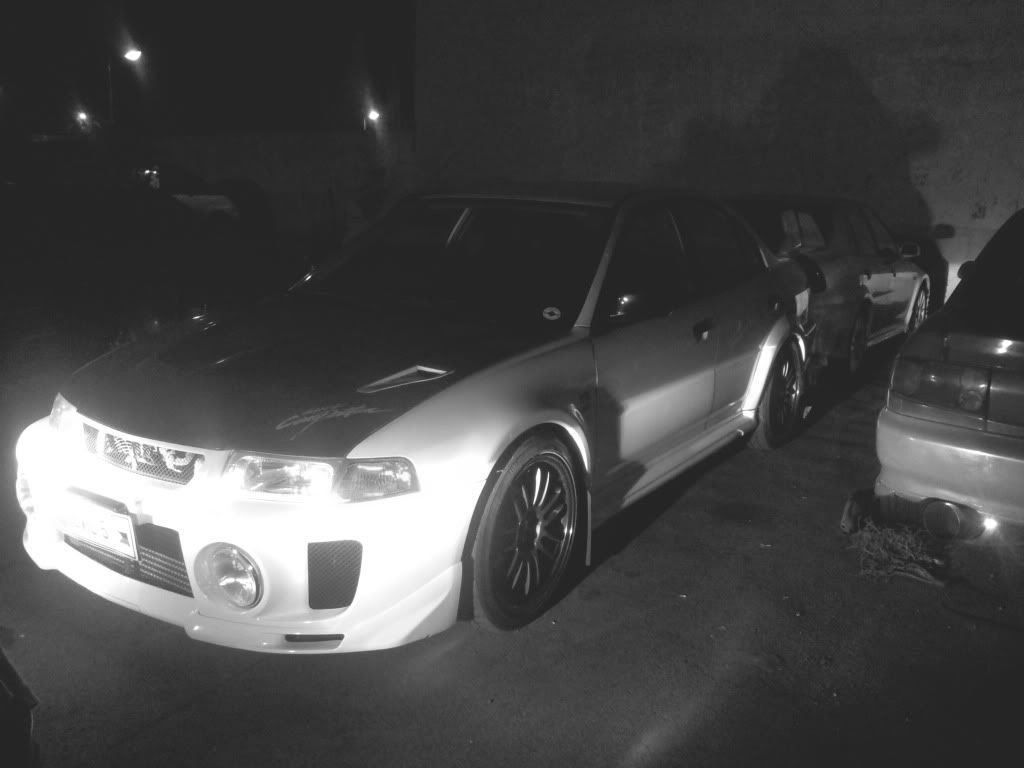

Furthermore, the turbocharger was again improved. Torque was increased to 373 N·m (275 lb·ft) at 3000 rpm. Power officially stayed the same, at 280 PS (206 kW; 276 hp), though some claim horsepower was actually somewhat higher.
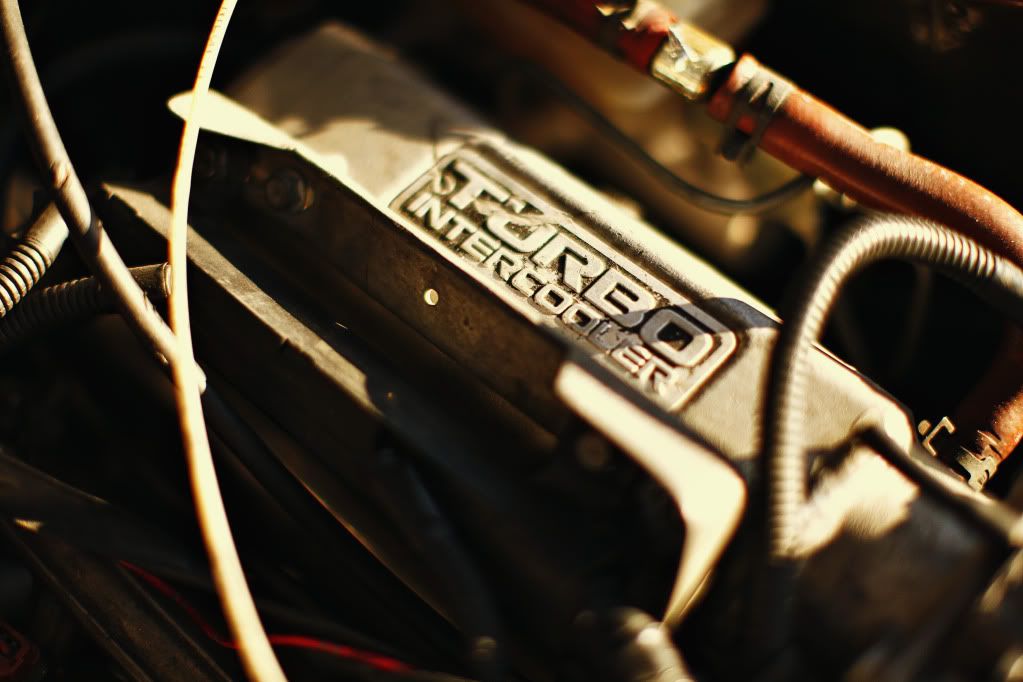
Evolution VI
The Evolution VI's changes mainly focused on cooling and engine durability. It received a larger intercooler, larger oil cooler, and new pistons, along with a titanium-aluminide turbine wheel for the RS model, which was a first in a production car. The Evolution VI received new bodywork yet again, with the most easily noticeable change being within the front bumper where the huge fog lights were reduced in size and moved to the corners for better airflow. A new model was added to the GSR and RS lineup; known as the RS2, it was an RS with a few of the GSR's options. Another limited-edition RS was known as the RS Sprint, an RS tuned by Ralliart in the UK to be lighter and more powerful with 330 hp (246 kW).
Yet another special edition Evolution VI was released in 1999: the Tommi Mäkinen Edition, named after Finnish rally driver Tommi Mäkinen that had won Mitsubishi four WRC drivers championships. It featured a different front bumper, Red/Black Recaro seats (with embossed T. Mäkinen logo), 17" Enkei white wheels, a leather Momo steering wheel and shift knob, a titanium turbine that spooled up quicker, front upper strut brace, lowered ride height (with tarmac stages in mind), and a quicker steering ratio. Amongst other colours, the Evo VI came in either red (Tommi Mak only), white, blue, black or silver with optional special decals, replicating Tommi Mäkinen's rally car's colour scheme. This car is also sometimes referred to as an Evolution 6½, Evolution 6.5, or TME for short.

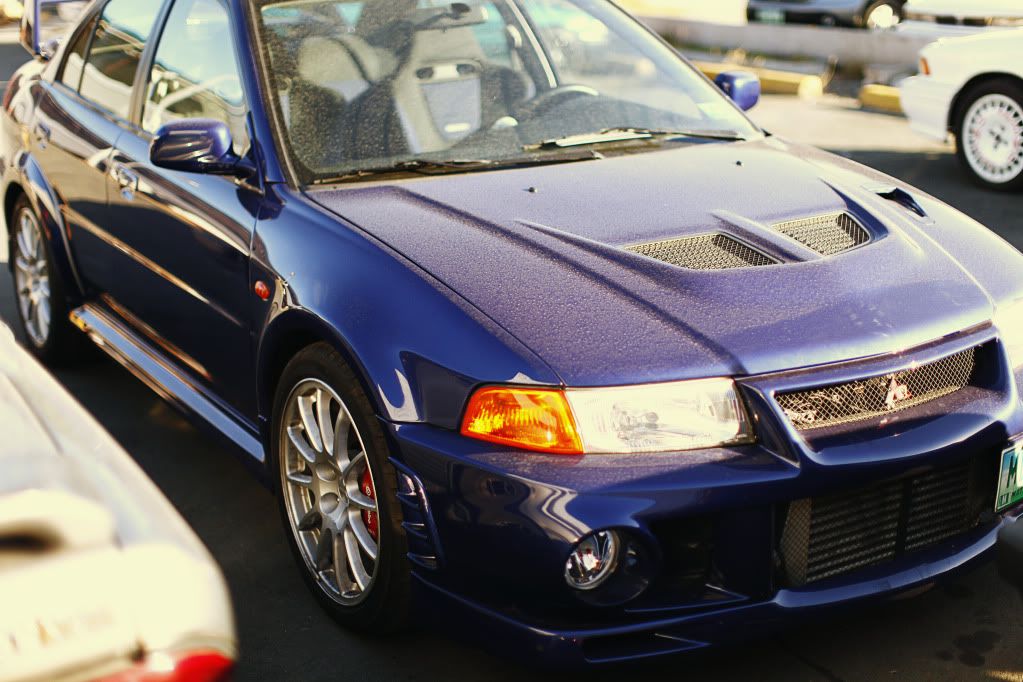
Evolution VII
In 2001, Mitsubishi was forced by the FIA to race in the WRC using WRC rules for building a car instead of the Group A class rules, and thus did not need to follow homologation rules. The Evolution VII was based on the larger Lancer Cedia platform and as a result gained more weight over the Evolution VI, but Mitsubishi made up for this with multiple important chassis tweaks. The biggest change was the addition of an active center differential and a more effective limited-slip differential, while a front helical limited-slip differential was added. Torque was increased again to 385 N·m (284 lb·ft) with engine tweaks that allowed greater airflow, and horsepower officially remained at 280 PS (206 kW; 276 hp).

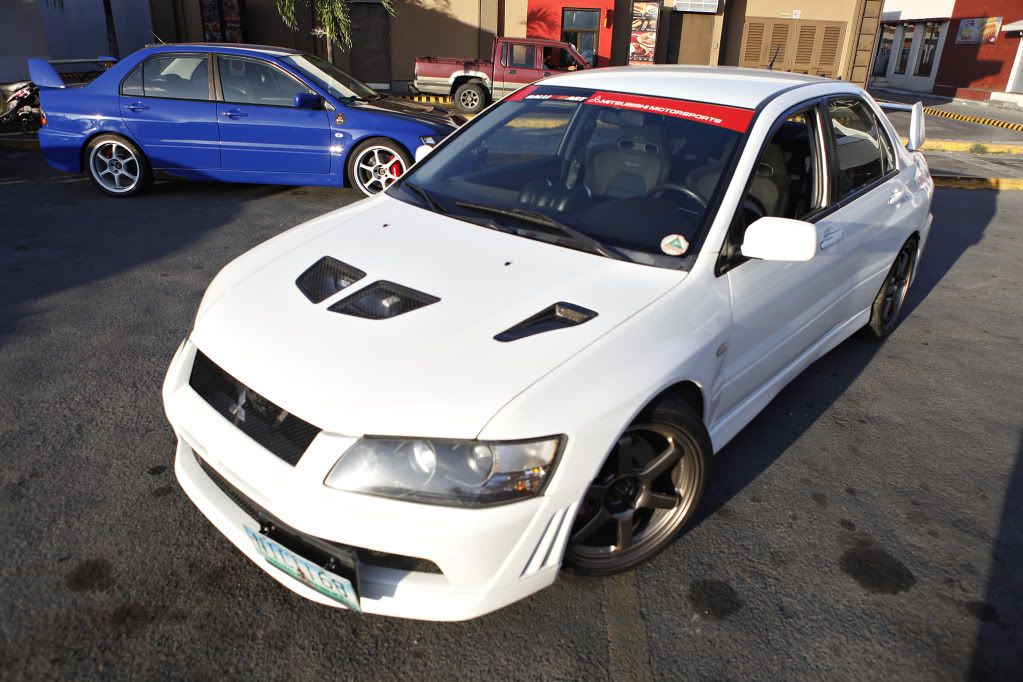
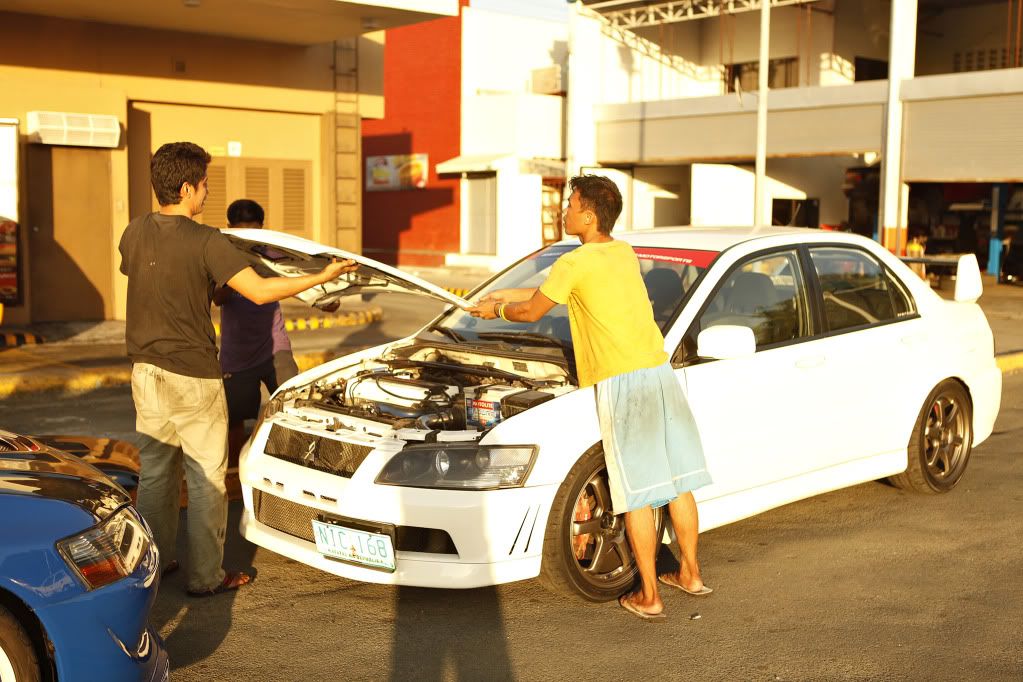
The introduction of the Evolution VII also marked the first time an automatic drivetrain was included within the model lineup—the GT-A. Seen as the 'gentleman's express' version of the visually similar VII GSR, the GT-A model was only produced in 2002 and had the following distinguishing interior and exterior specification: GT-A-only diamond cut finish 17-inch (430 mm) alloy wheels, clear rear light lenses and all-in-one style front headlights (later used on the Evolution VIII). The GT-A had the option of either no spoiler, the short spoiler (as later used on the Evolution VIII 260) or the thunderspoiler as used on the standard Evolution VII models. The most distinguishing feature was a smooth bonnet with no air-grills on it at all. Although offering inferior cooling capabilities, the bonnet was designed to give a cleaner line through the air with less air resistance at motorway speeds.


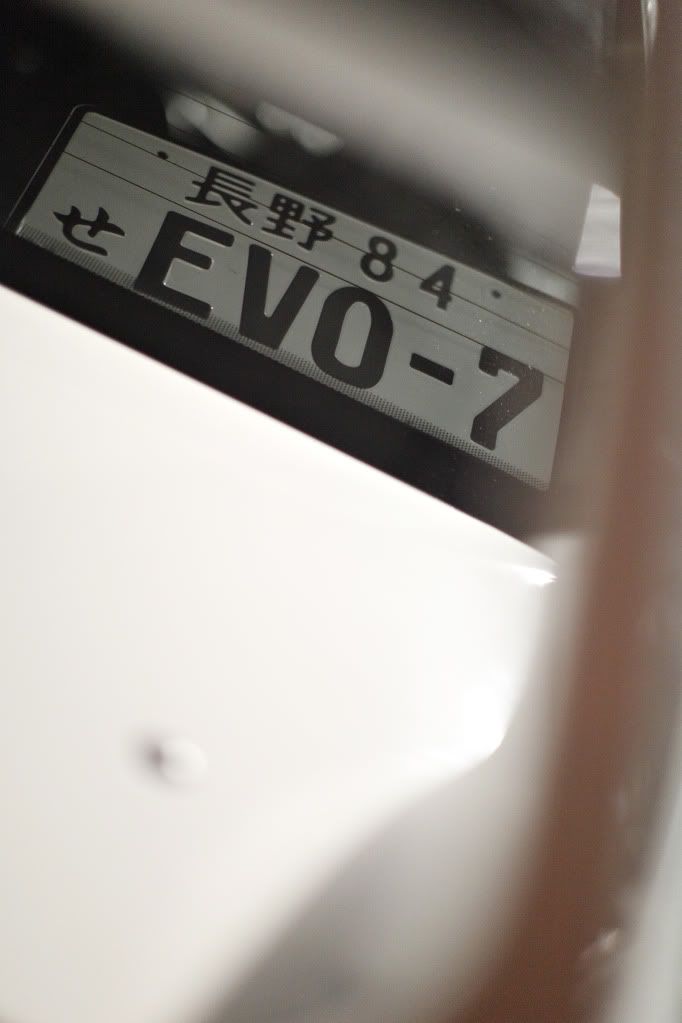
Interior could be specified with factory options of a deluxe velour interior, full leather or the Recaro sports seats. The GT-A interior was different in that it had chromed door handles, a different instrument panel (to show the gear selection) and chrome edged bezels around the speedo and tach. The GT-A also had additional sound deadening installed from the factory and the engine manifold and downpipe had been engineered to be quieter.
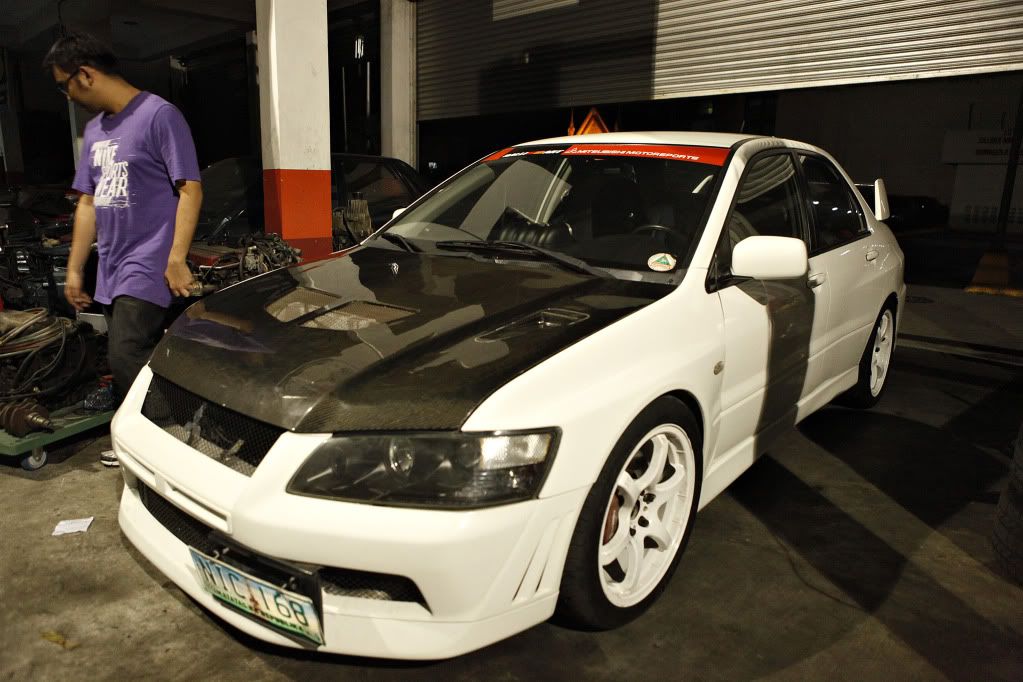
The 5-speed automatic gearbox had what Mitsubishi called "fuzzy logic", which meant that the car would learn what the driver's driving characteristics were like and would adapt the gear change timings and kick down reactions accordingly. The gears could be manually selected as with most Tiptronics via steering wheel + and – buttons (a pair both sides) or via selecting the tiptronic gate with the gear lever. Power was down a little from the standard manual cars with 264 PS (194 kW; 260 hp). The GT-A gearbox did not appear again in the Evolution VIII but has been installed in the estate version of the Evolution IX Wagon. It was replaced by the Twin Clutch SST gearbox since the introduction of Evolution X.


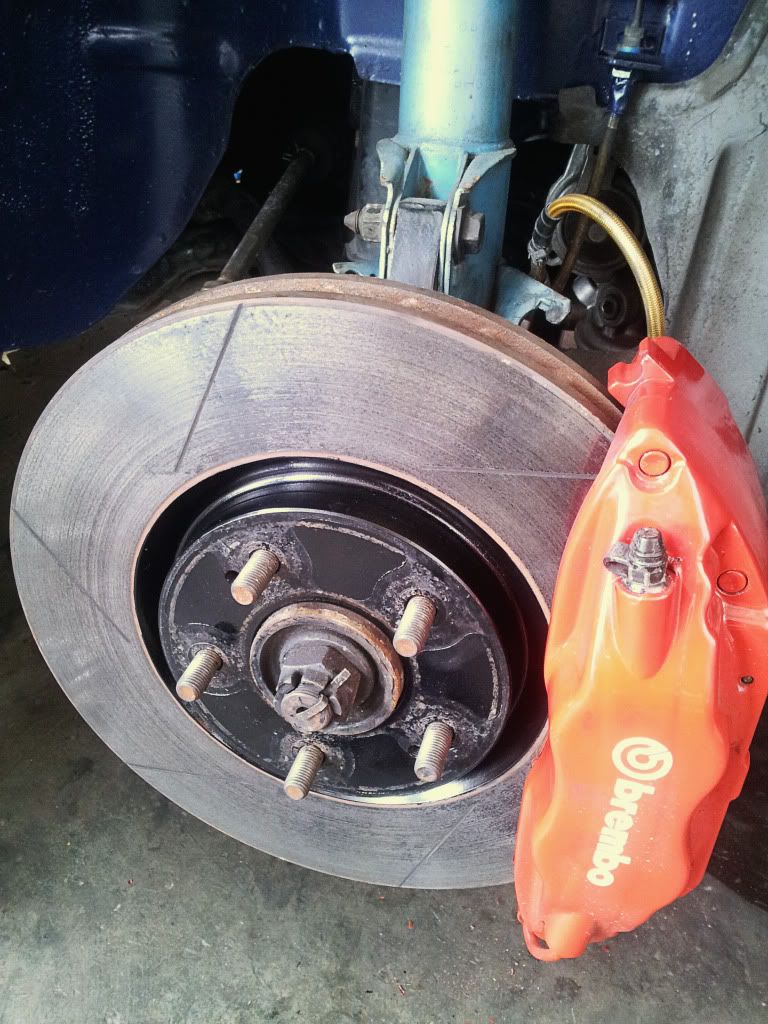
Evolution VIII
The Evolution VIII was modified again in 2003, this time sporting 17" grey Enkei wheels, Brembo Brakes and Bilstein shocks to handle traction and a 5-speed manual gearbox with 280 PS (202 kW; 276 hp)(approx. 234 hp to the wheels). Originally a one off model, sales were so successful in the U.S. that by 2005 it was available in four trims: the standard GSR model in Japan, the RS, with an aluminum roof, 5-speed gearbox, and standard wheels (lacking excess components, such as interior map lights, power windows/doors, and radio), the SSL (with a sunroof, trunk mounted subwoofer, and leather seats), and the MR, which came with a revised limited-slip front differential, aluminum MR shift knob, handbrake with carbon fiber handle, 17 inch BBS wheels, aluminum roof, and a 6-speed manual gearbox. The new Evolution also sported chrome housing tail lights and head lights.

Mitsubishi introduced the Lancer Evolution IX in Japan on March 3, 2005,[13] and exhibited the car at the Geneva Motor Show for the European market the same day.[14] The North American markets saw the model exhibited at the New York International Auto Show the following month.[15] The 2.0 L Mitsubishi Sirius engine#4G63 engine has MIVEC technology (variable valve timing), and a revised turbocharger design boosting official power output at the crankshaft to 291 PS (214 kW; 287 hp) and torque to 392 N·m (289 lb·ft).
Evolution IX
The Philippines had the Evolution IX until in August 2008, which was offered in two trims, the entry-level RS offering a 5-speed manual transmission, Brembo 17-in. ventilated discs (4-Pot), Brembo 16-in ventilated drum-in-disc (2-Pot) and almost the same features as to that of the GSR trim in the international version. Some RS models had the SAYC option, while some did not. The MR was the top-of-the-line segment, which offers almost the same feature as to that of the MR trim in the international version. All of them are powered by a l4 2.0 4G63 turbocharged MIVEC engine.
Evolution X
In 2005, Mitsubishi introduced a concept version of the next-gen Evolution at the 39th Tokyo Motor Show named the Concept-X,[16] designed by Omer Halilhodžić at the company's European design centre.[17]
Mitsubishi unveiled a second concept car, the Prototype-X, at the 2007 North American International Auto Show (NAIAS).[18]

The Lancer Evolution X sedan features a newly designed 4B11T 2.0L (1998cc) turbocharged, all-aluminium inline-4 GEMA engine. Power and torque depend on the market but all versions will have at least 280 PS (206 kW; 276 hp). (JDM version), the American market version will have slightly more. The UK models will be reworked by Mitsubishi UK, in accordance with previous MR Evolutions bearing the FQ badge. Options for the UK Evolutions are expected to be between 300 hp (220 kW) and 360 hp (270 kW).
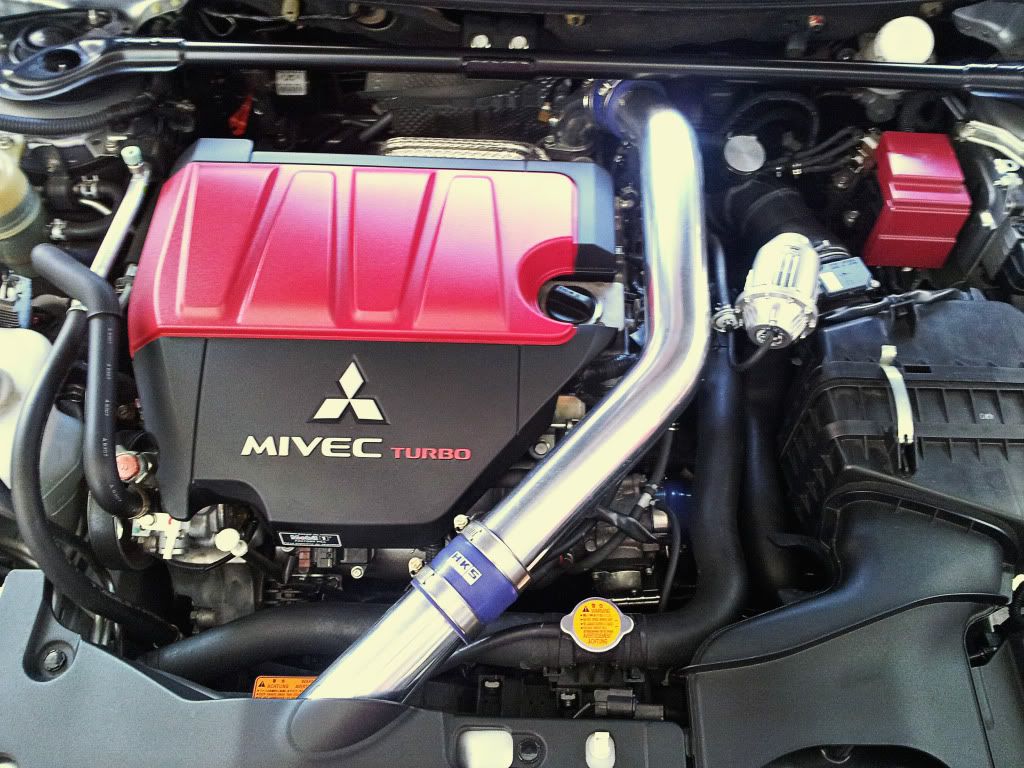
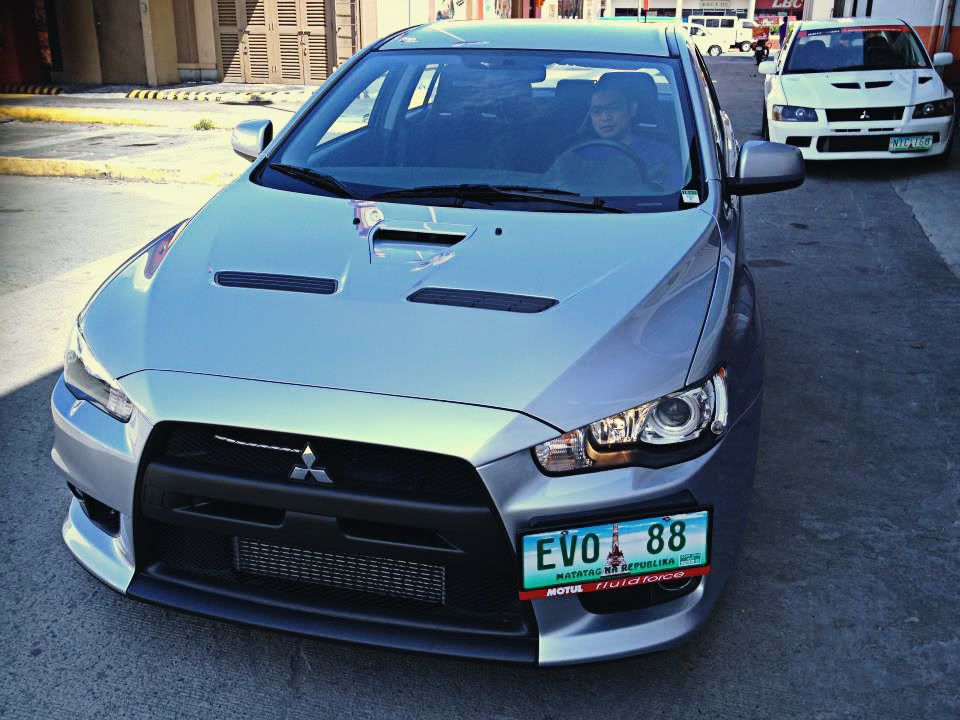

Philippine models
The Philippines received its Evolution X in November 2008, and is a CBU from the US. The trims and specs are almost the same, excluding the MR Touring model from the USDM.
- GSR- 5-speed manual, and the same specs with the USDM GSR with large spoiler.
- MR- 6-speed TC-SST gearbox, and the same specs with the USDM MR, excluding the Technology Package.

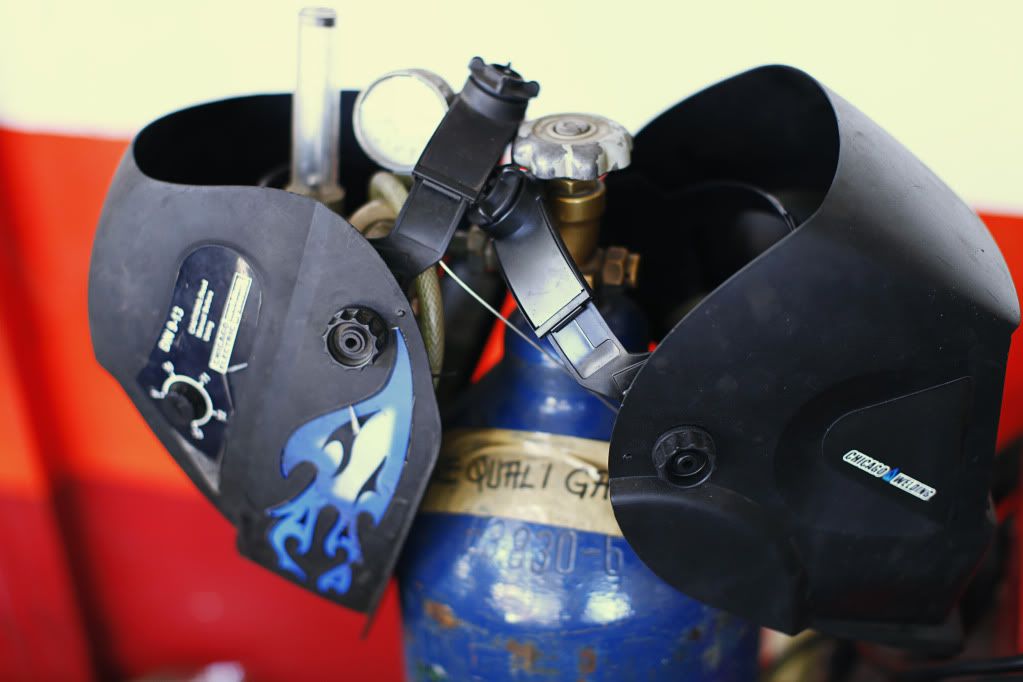


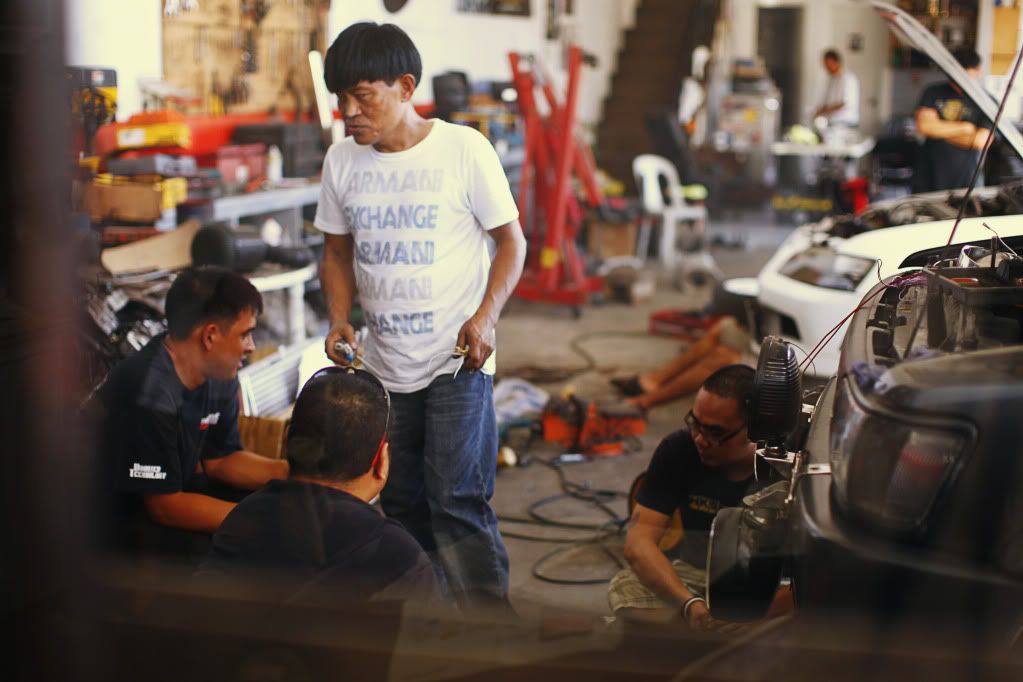
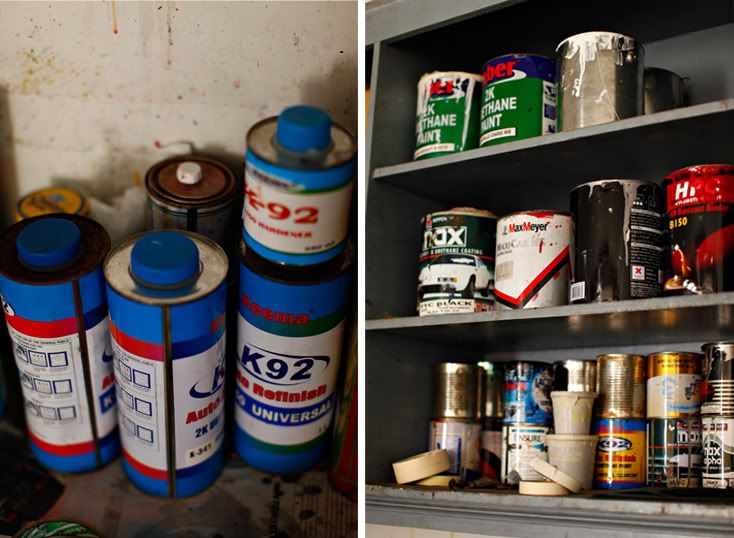
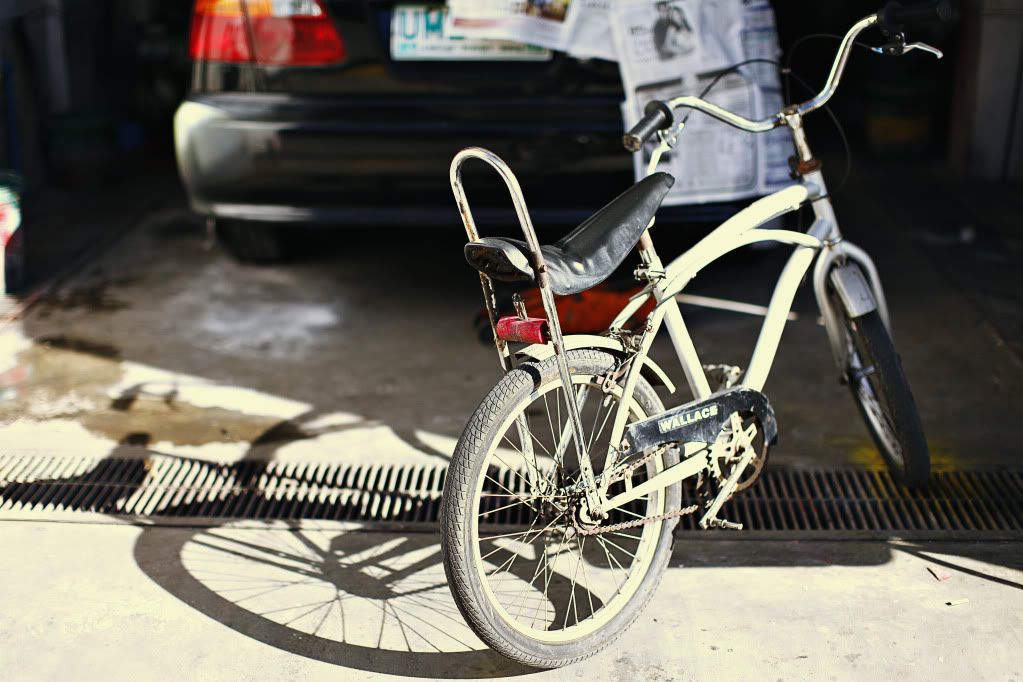
Shoot Location:
Quick Start Performance Automotive Parts and Services
Location: 8334 Lot 2F, Dr. A. Santos avenue,
Sucat, Paranaque City
Contact Details: (02) 403-7192
SERVICES:
*Vehicle Specialized Periodic Maintainance
*Mechanical Troubleshooting
*Electrical Troubleshooting
*Aircon Repair
*Body Repair and Custom Paints
*Magwheels Repair and Restoration
*Engine Transplant and Upgrade
*Mild to Wild Tuning
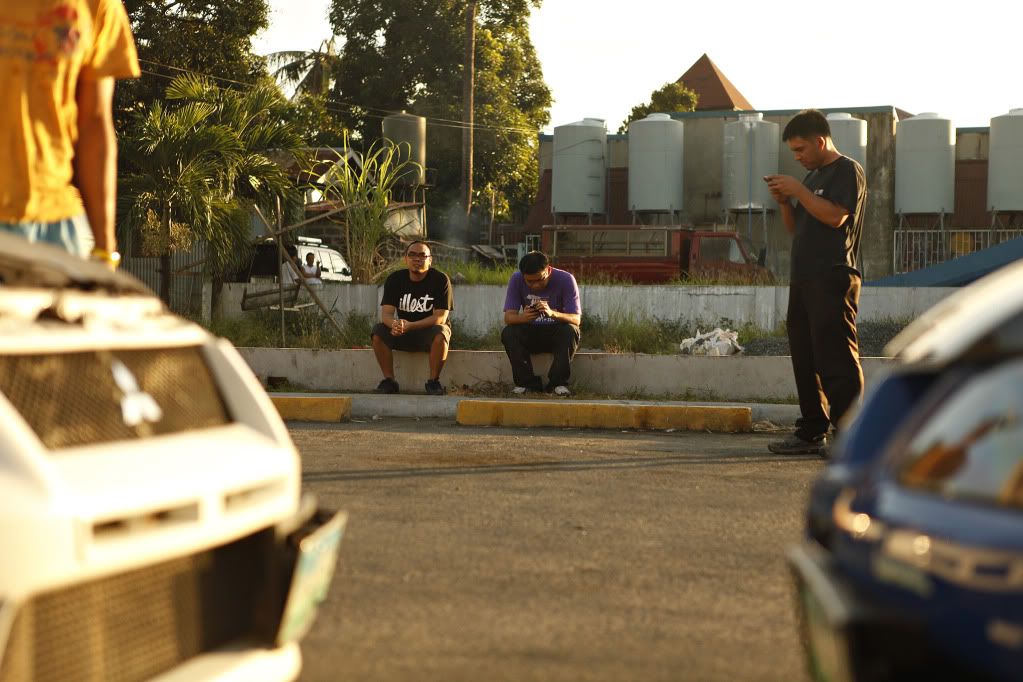


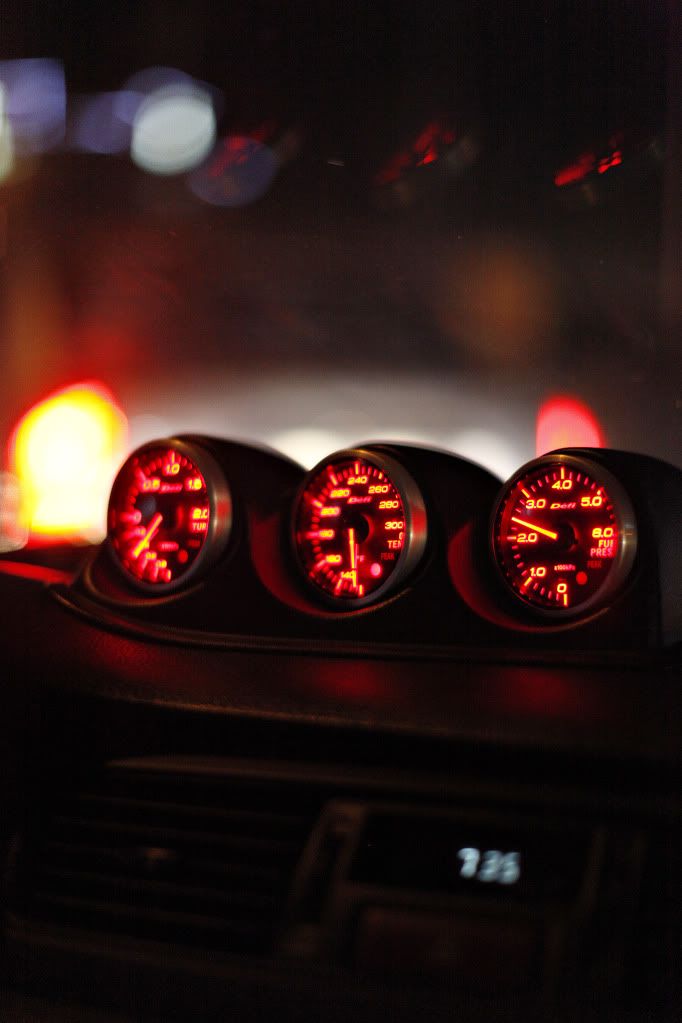





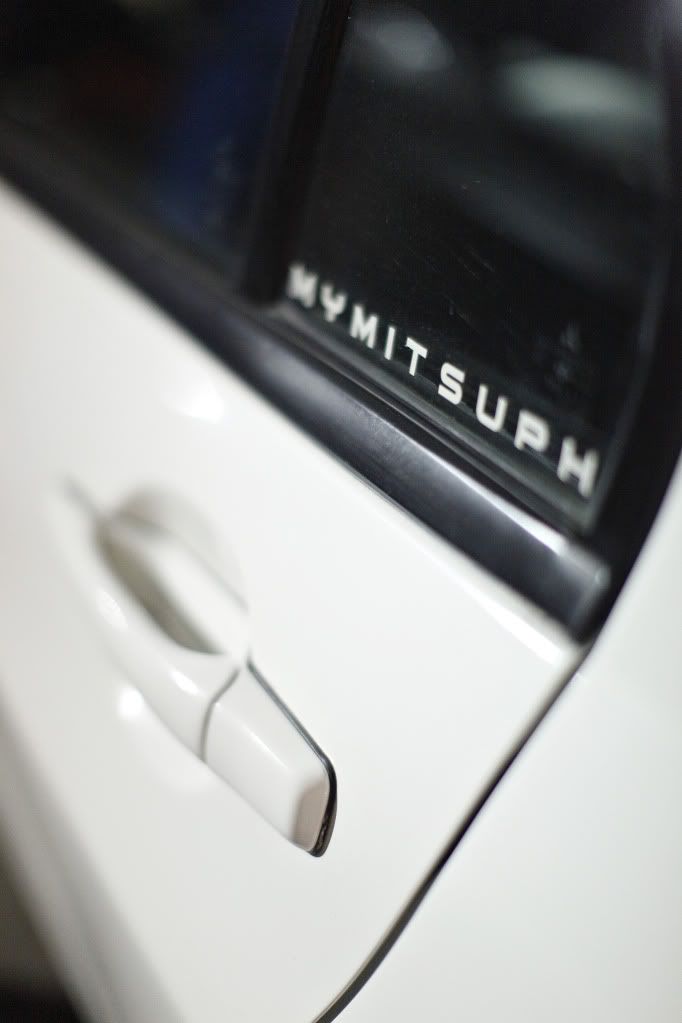
1 comment:
Gotta love the 7s masculine front than the 8! Hate the cheap valve cover though, I think its from an older Evo. lol. Evo 7s should have the "Evolution" word embossed on their valve cover.
Post a Comment